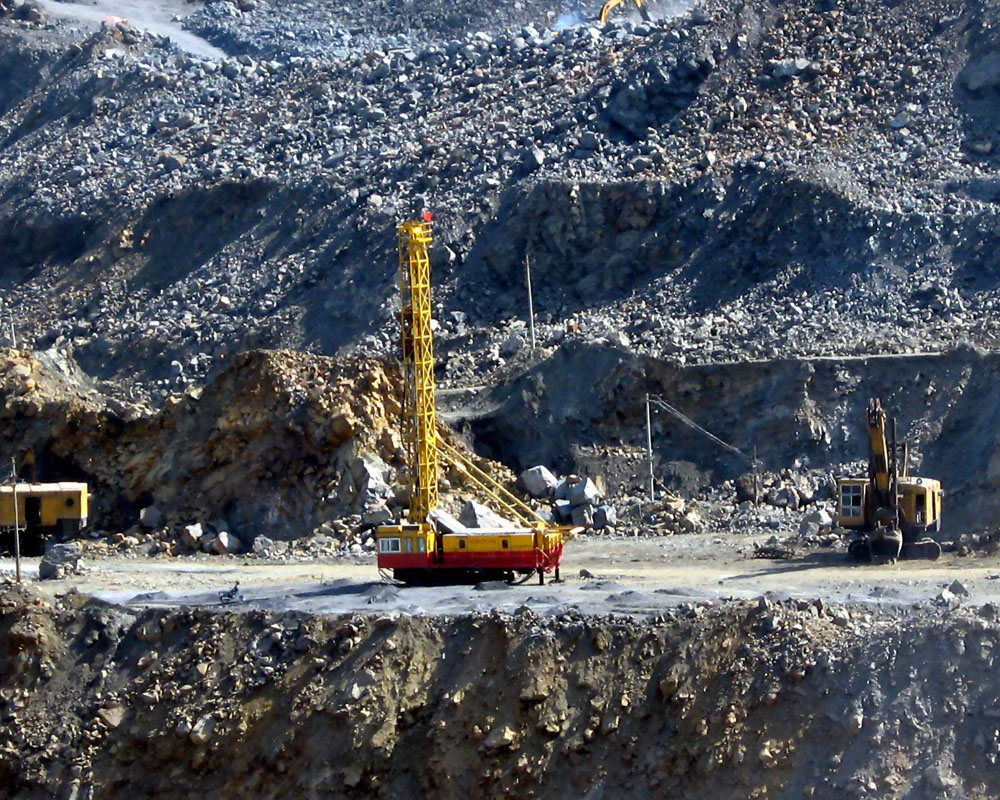Chinese steel mills may be forced to modify the way they operate as a result of lower availability of higher grades of iron ore after the collapse of a dam at a mine owned by Brazil’s Vale.

The exact ramifications to iron ore supply and China’s vast steel sector from the burst dam at Vale’s Corrego do Feijao mine, which has killed 142 people and left 194 others missing, are still to be quantified.
Supply-wise, it’s likely to run into tens of millions of tonnes of high-grade iron ore lost from the seaborne market, with some estimates reaching as high as 70 million tonnes.
High-grade ore is exactly what Chinese steel mills have preferred in recent months as it allows them to maximize output from their blast furnaces, and limit the amount of coal used and the air pollution created per tonne of crude steel produced.
Vale, however, may lose as much as 9 percent of its annual production after being ordered by a court to stop using eight tailings dams in the wake of the disaster.
Now, with the loss of high-grade material from Vale, steel mills in the world’s largest producer of the metal face three main options on how to respond, none of them ideal.
Firstly, Chinese steel mills can substitute higher-quality iron ore with lower grades, which are likely to be more readily available, but this will result in lower output.
Secondly, they can continue using higher-quality iron ore, but reduce production to keep costs more or less steady, and hope to make up the difference on rising steel prices.
Thirdly, they can keep production steady using higher-grade ores, but they will likely have to enter into bidding wars against each other to secure sufficient supply.
NO EASY OPTIONS
The first option is probably the easiest, given that if any extra tonnes can be added to the market to replace those lost from Vale, they are likely to be of a lower grade.
South Africa, the third-biggest supplier to China behind Australia and Brazil, is unlikely to add significant volumes to the seaborne market because of capacity constraints, although its higher-grade iron ore would likely find willing buyers.
The problem for Chinese steel mills in switching to lower quality iron ore is that more ore is needed to produce the same amount of steel, and thus more coking coal is also needed.
This adds to costs, but also risks causing issues with authorities, who are still keen to limit pollution from heavy industry as part of national efforts to improve air quality.
The second option of continuing to use higher grade ores, but lowering output, is unlikely to appeal to steel mills given the recovery in steel prices, which encourages production.
The third of option of paying whatever it takes in order to secure supplies of higher-grade iron ore will only work if profit margins remain strong, and this will need steel prices to rise in tandem with iron ore prices.